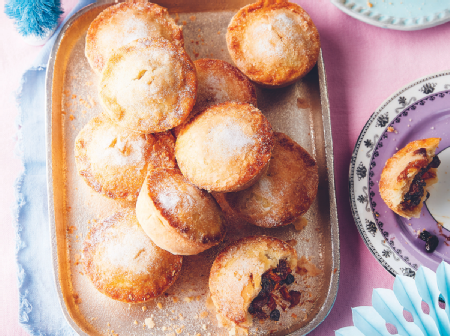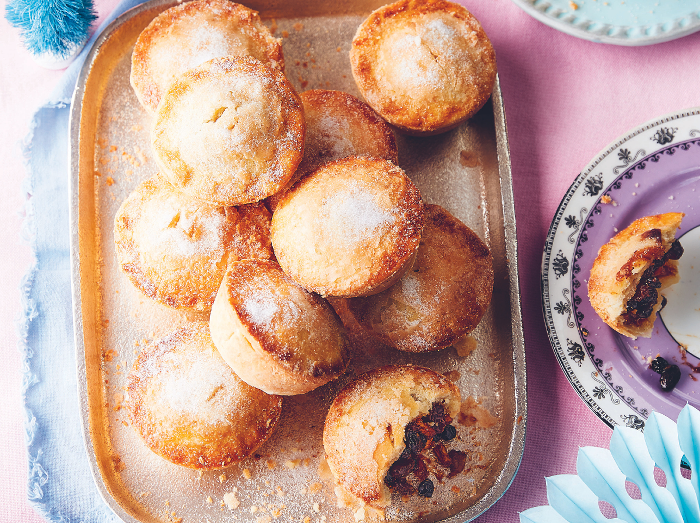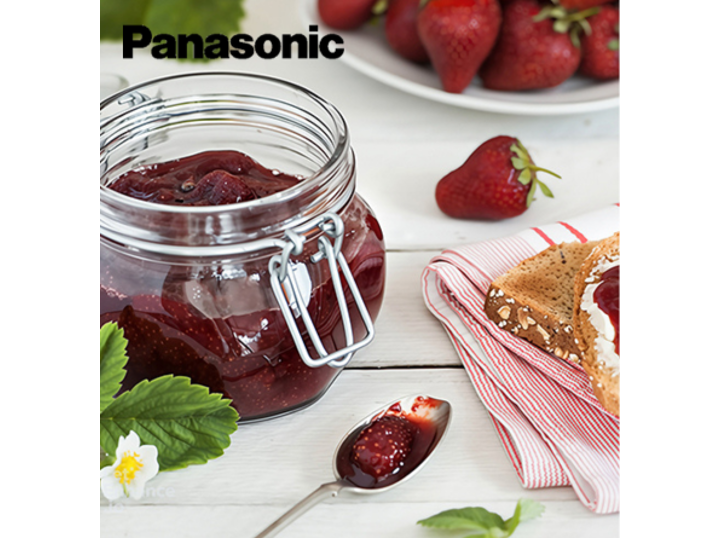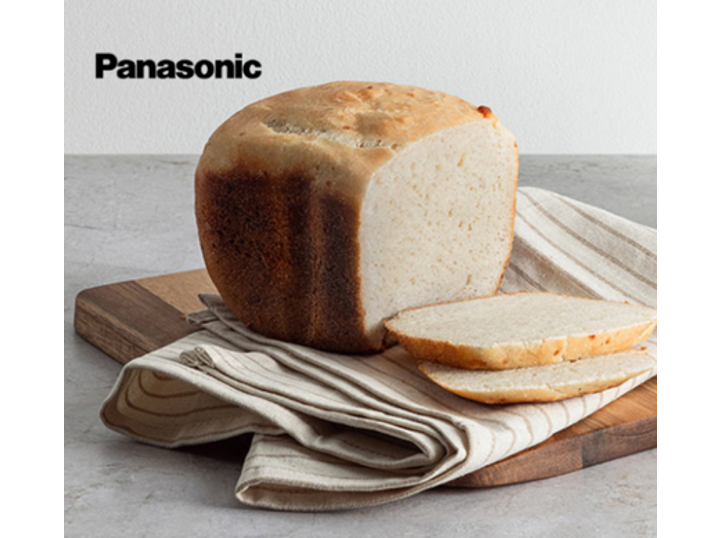
Gluten Free Shortcrust Pastry
This incredibly versatile pastry is halfway between shortcrust and rough puff pastry and absolutely perfect for sweet or savoury baking. Not only is it incredibly easy to work with, but it also has a taste and texture that I never thought possible in gluten free pastry. It has a flaky quality that instantly livens up any pie, quiche or tart. Best of all, it’s tried and tested by hundreds of you lovely gluten free folks! Makes 560g.
Credited to: Becky Excell
Kcal:
Ingredients
- 300g (2¼ cups) gluten free plain (all-purpose) flour*
- 1½ tsp xanthan gum
- 145g very cold butter, cut into 1cm cubes
- 3 tbsp caster (superfine) sugar (for sweet pastry only)
- 1 tsp salt (for savoury pastry only)
- 2 large eggs, beaten
Notes: *Find suitable products in our Food and Drink Information
Method
- In a large mixing bowl, mix together your flour and xanthan gum. Make sure your butter is really cold; if not, put it in the fridge or freezer until nicely chilled. Add the cubes to the bowl and mix it into the flour. Using your fingertips, rub the butter into the flour to form a breadcrumb-like consistency. Make sure your hands are cool, as we want to avoid the butter getting warm! (You can also achieve the same result by using a food processor to blitz the ingredients together.)
- If making sweet pastry, stir in the sugar, or if making savoury pastry, stir in the salt. Add your beaten egg and, using a knife, carefully cut it into the mixture until it comes together. It should form a ball and not be crumbly – it will be a little sticky to touch but not unmanageable.
- Wrap the dough in cling film and leave to chill in the fridge for around 30 minutes before using. You can freeze this pastry for up to 2 months; defrost fully before using.



